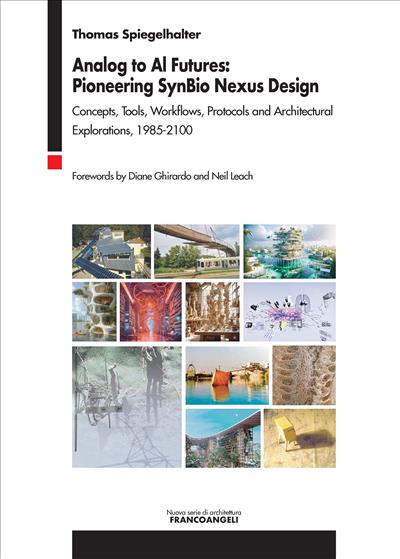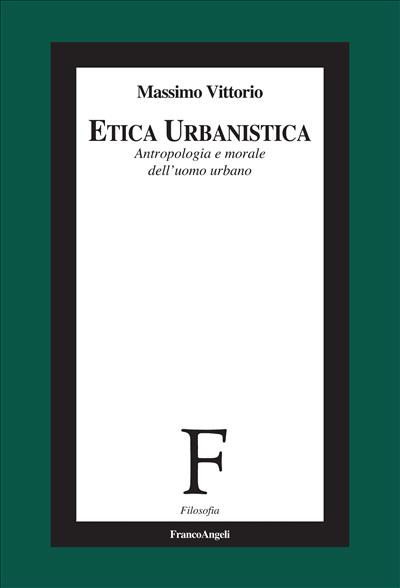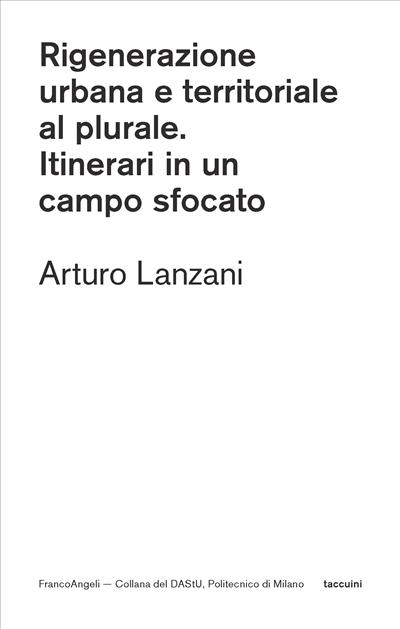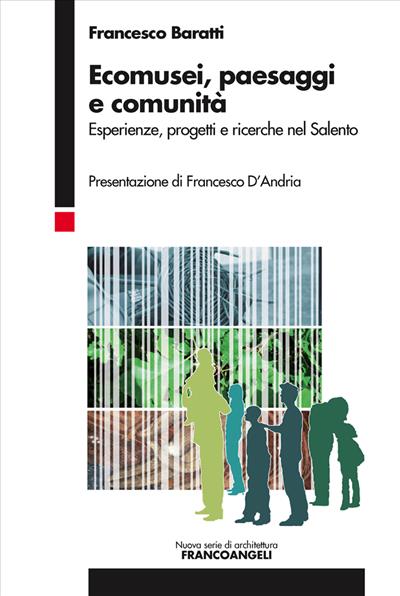
Smarter and Greener
A Technological Path for Urban Complexity
Under the pressure of issues related to climate change, new migrations, digital technologies and urban systems congested by traffic, where poverty returns to be strongly present both visibly and silently, the theme of the city and its future returns to be extremely actual, triggering various responses, involving different aspects of urban architecture and actors. This book aims to investigate these aspects, by analysing the results of some of the most used practices in the last twenty years and deepening the questions to which the contemporary city needs to give an answer.
Printed Edition
25.00
Printed Edition
25.00
Pages: 180
ISBN: 9788891790613
Edition: 1a edizione 2020
Publisher code: 1330.114
Availability: Discreta
PDF with DRM
19.99
PDF with DRM
19.99
Pages: 180
ISBN: 9788835101864
Edizione:1a edizione 2020
Publisher code: 1330.114
Can print: No
Can Copy: No
Can annotate: Sì
Format: PDF con DRM for Digital Editions




